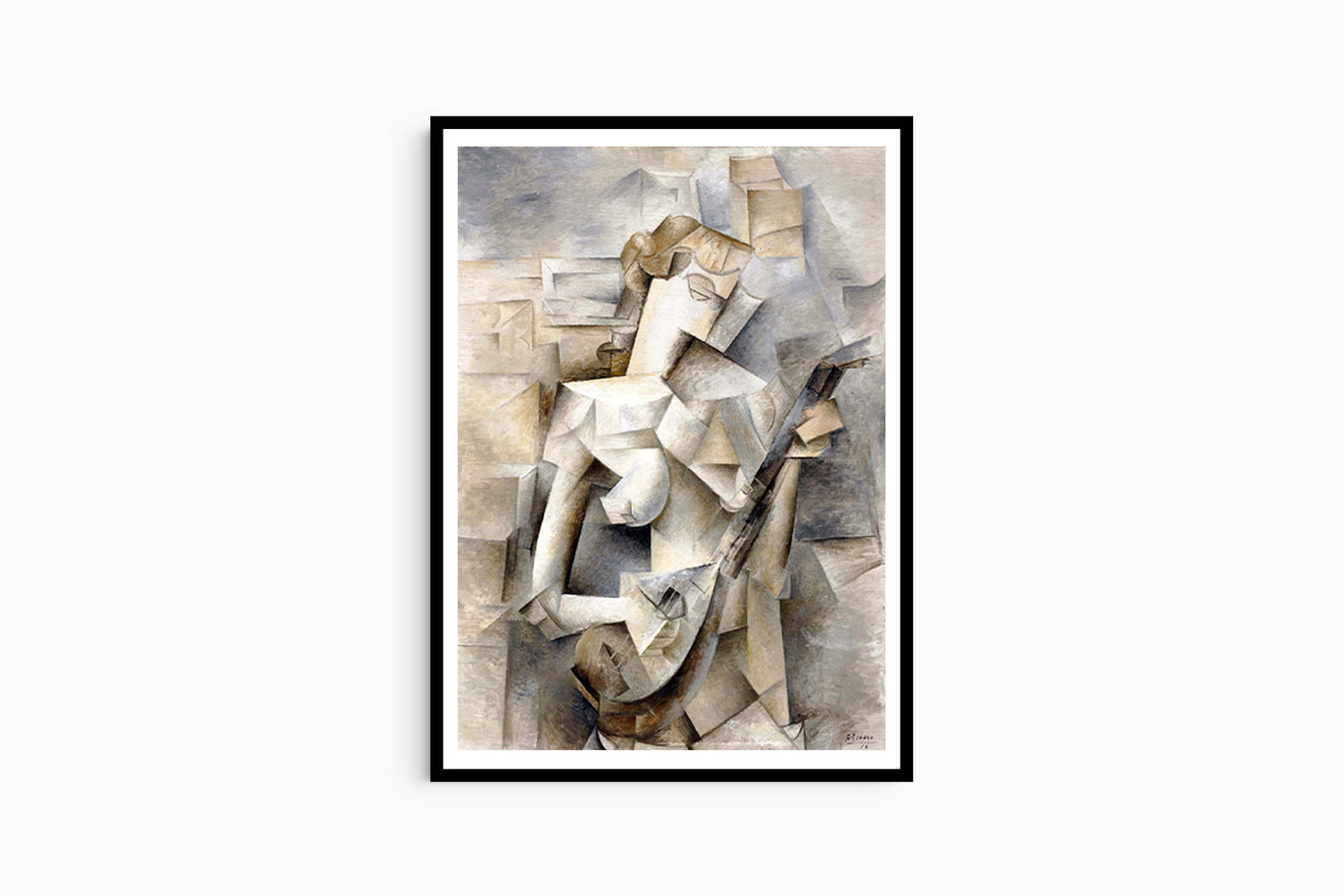
Cubism: The Revolutionary Art Movement
Cubism, one of the most influential art movements of the 20th century, fundamentally changed the way we perceive and represent reality in art.
Initiated by Pablo Picasso and Georges Braque in the early 1900s, Cubism broke away from traditional techniques and perspectives, introducing a fragmented, abstract approach that captured multiple viewpoints simultaneously.
This radical departure from conventional art practices laid the groundwork for numerous subsequent modernist movements.

Pablo Picasso: Often considered the father of Cubism, Picasso's works like "Les Demoiselles d'Avignon" and "Guernica" exemplify the movement's innovative spirit.
Juan Gris: Known for his precise, lyrical compositions, Gris brought a sense of order and clarity to Cubism, as seen in works like "Portrait of Pablo Picasso" (1912).
Fernand Léger: Léger's work incorporated bold colors and mechanistic forms, reflecting his interest in the modern industrial world. His piece "The City" (1919) exemplifies his unique approach.



